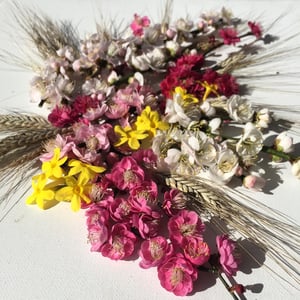
20 Must-Have Trees & Shrubs for Fragrance
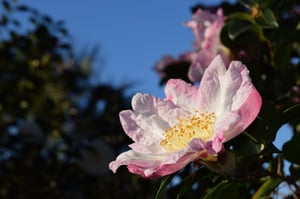
It’s Brie the Plant Lady here to share some fragrant gardening inspiration. In this article, I will share my favorite woody ornamental plants that provide delectable fragrance in southern gardens through-out the year. Ask me questions in the comments section at the bottom, right here on this page.
Fall is an amazing season for scent, from tea olives to angel trumpets I can always tell when the season has changed. One of the greatest things about growing plants is understanding that no two seasons will ever be the same. It is also great knowing you will never have all the plants - trust me, I have tried! There really are endless varieties to choose from and I seem to always find a way to collect a few new ones each year even when it seems my landscape is bursting at the seams.
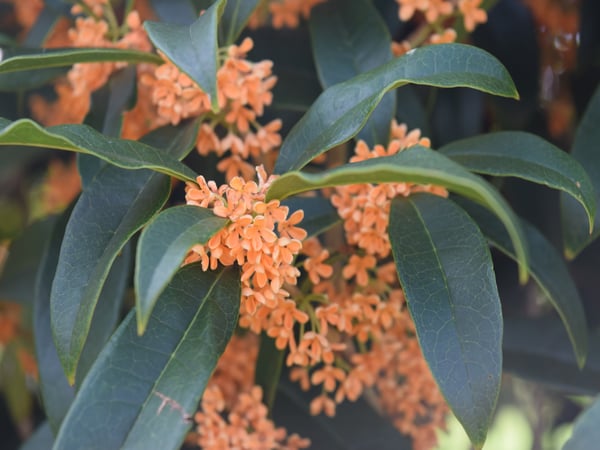
Osmanthus fragrans var. aurantiacus is an evergreen shrub also known as fragrant tea olive or orange sweet olive. It's profuse blooms fill the autumn air with sweet apricot scents.
We are so fortunate to live in a “mild” climate - if we can consider scorching summer heat to be mild. The real advantage we have as gardeners in the southeast is the year-round growing season, which allows us to select plants that perform at different times of the year. It is my goal to always have at least five interesting plants to show visitors at any given moment no matter what month. By mixing flowering trees, shrubs, perennials, and annuals (especially food crops) I am guaranteed to have something cool 365 days of the year
Fall is the best time for planting trees and shrubs. As the air temperatures cool off, so do the soil temperatures making it perfect for getting new plants established. Watering and fertility needs are significantly lower at this time of year, too. So, go ahead and invest in a few new plants now so you can enjoy their splendor in the months to come!
Bring the Fragrance In
Sometimes I grow a plant in my garden simply because I enjoy making flower arrangements with it. Colorful glass vases are something that I have collected for decades and filling them with homegrown flowers brings me joy. But you can be even more creative than just traditional arrangements. After visiting the world-class Chanticleer Garden in Wayne, PA, I was inspired to start a new practice - floating flowers.
 I was so inspired by the beautiful floating flower displays at Chanticleer Garden (left) that I started creating floating displays using my garden blooms at home (right).
I was so inspired by the beautiful floating flower displays at Chanticleer Garden (left) that I started creating floating displays using my garden blooms at home (right).
This can be done both indoors and out, though summer heat will cause rapid decay for outdoor displays, so this is best as a cool season ritual. I find the outdoor arrangements last much longer, because of the cooler temperatures. Select a wide mouth vase or a container with no drainage holes. On my patio I use two 7 gallon plastic pots and inside I have a simple glass fishbowl. Fill with water and then let your creativity flow!
You can use anything to create your design - branches, blooms or leaves. Be sure to add fresh water frequently and keep your vessel clean, as algae will develop. This is my favorite new garden practice. It has provided me a creative outlet and an Instagram muse in addition to a whole new perspective in the beauty that plants provide. The bonus is the addition of fragrant plants which add flavor to my back patio and my house.
The Pollinator Element
Fragrance isn’t just for our enjoyment. One of the great benefits of growing scented plants is the increase in pollinator activity. Smelly flowers, both sweet and otherwise, attract insects who do their jobs by collecting nectar and spreading pollen which ultimately leads to seed set.
This increase in pollinator activity also helps feed native wildlife, like tree frogs and toads. Additionally, the “beneficial pollinators” that you attract to your garden will help eat the problem bugs - biocontrol in action!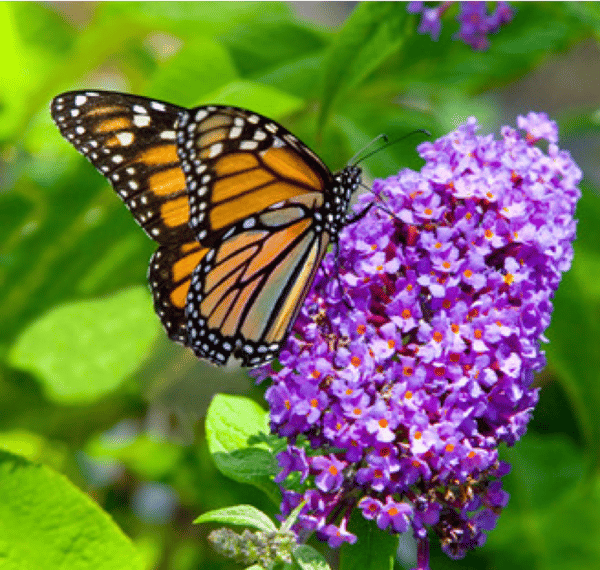
What to Plant Where - and How
It can be confusing to figure out:
- What plants will grow best for you
- Where to place them in your home garden.
Below are a few of my favorite plants that thrive in the southeastern US, hardiness zones 7-9. I tried to include plants that can be grown in a wide variety of conditions, from full sun to shade. It is always a good idea to check with a local authority, such as an extension agent or landscape contractor, to confirm best practices.
Invest in Improving Your Soil
The one factor that never changes is the importance of soil quality. The best advice I can ever offer is to invest in Soil3 organic compost. The addition of this high-quality, humus compost will make growing plants easier and more successful. You can incorporate Soil3 into your native soil, or be less ambitious, like me, and just layer it on top, allowing the roots of the plants to till it in naturally. I recommend topdressing existing landscape beds with Soil3 compost at least once a year - I do mine twice a year in December and June.
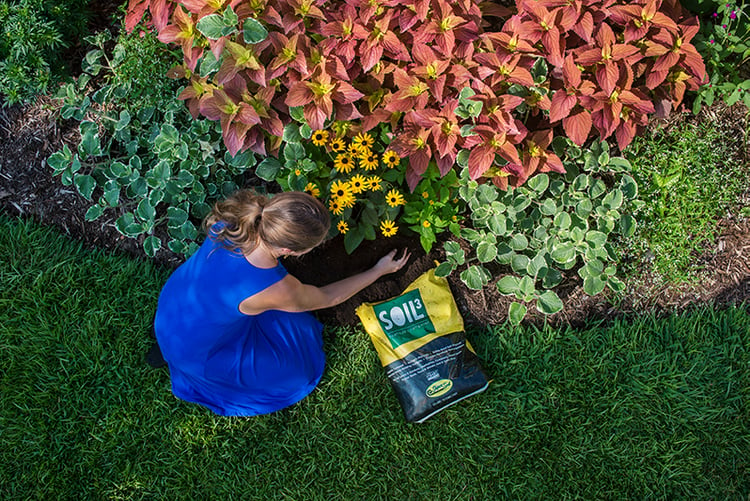 Soil quality directly relates to how much fertilizer and irrigation you will need to provide. Shady locations tend to be dry because the trees are absorbing the water. Every single landscape is different, so pay attention to your conditions and recognize the micro-climates that exist in your garden.
Soil quality directly relates to how much fertilizer and irrigation you will need to provide. Shady locations tend to be dry because the trees are absorbing the water. Every single landscape is different, so pay attention to your conditions and recognize the micro-climates that exist in your garden.
Understanding the Seasons
Though the calendar may say that the seasons officially change on a certain date each year, did you know there are two different sets of seasonal dates to consider:
- Astronomical: Most common, and what I refer to below, is the astronomical start of the season which is based on the position of the Earth in relation to the sun. Because of leap years the dates of equinoxes and solstices can change by a day or two. Astronomical seasons are important to plants because of the increasing or decreasing number of sunlight hours each day during those seasons.
- Meteorological: The start of each meteorological season is based on temperature cycle and is simplified to start on the first day of a month. The year is divided into four 3-month periods which have similar temperatures.
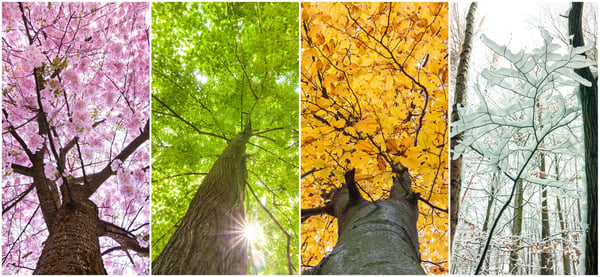 Neither of these seasonal calendars are 100% accurate for our southern seasons, which is why is important to pay attention and keep records yourself. You can note things like extreme highs or heavy rainfall on a calendar and reference back from year to year. For more information on seasons, check out The Old Farmer's Almanac.
Neither of these seasonal calendars are 100% accurate for our southern seasons, which is why is important to pay attention and keep records yourself. You can note things like extreme highs or heavy rainfall on a calendar and reference back from year to year. For more information on seasons, check out The Old Farmer's Almanac.
Fragrant Selections for Each Season
AUTUMN: September 23 - December 20
Let’s start with some fragrant shrubs and trees for autumn, the season that everyone anticipates after a long, hot summer. Though the calendar says fall starts on September 20, it usually doesn’t feel like autumn until late October!
But, did you know that plants that bloom in this season are often not triggered by temperature? In fact, many flowers are formed as a result of the change in day length, which triggers the plant to change its chemistry to produce flowers. There is a reason you only see “short day plants” like mums in the fall - it’s all about the shortening days as a result of passing the Equinox. This is known as photoperiodism and is caused by night lengths that exceed the critical photoperiod.
- Brugmansia species: My favorite is the tried and true ‘Charles Grimaldi’ with pale peach flowers and reliable hardiness. There are many other varieties available with variegated foliage and double flowers of different colors. The main thing is angel trumpets have the most heavenly fragrance, most abundant in the evening air.
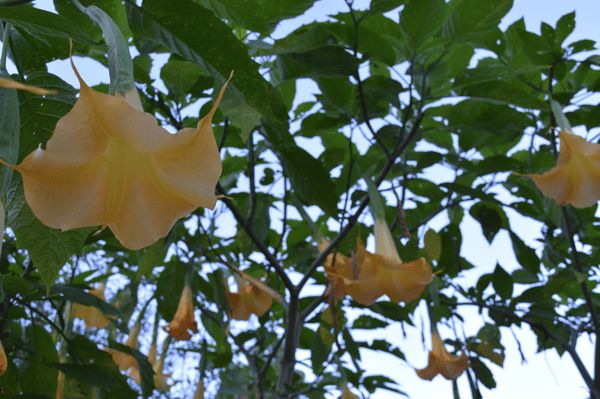
- Camellia sasanqua: I have never met a camellia I didn’t like, and fall bloomers are no exception. “Fragrance” may be a loose term here; they have more of a musky smell and are pollinated by honeybees and other beneficial insects. They tend to be more drought and sun tolerant and come in a wide variety of colors and sizes. Remember to choose a variety that will grow to the right size for the area you are planting. No need to shear them into green meatballs. They bloom best when hand pruned shortly after they finish flowering in early winter.
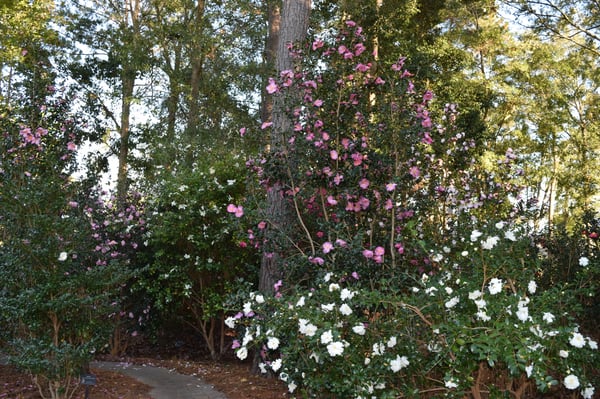
- Cercidiphyllum japonicum: This large, deciduous tree does not have fragrant blooms, but rather the fallen leaves smell of a sweet scent reminiscent of cotton candy or caramel. This is a wonderful tree to grow in full-part sun that will grow tall providing shade for decades to come.

- Osmanthus fragrans: The fragrant tea olive is a must have for southern gardeners. If you do not have one, drop what you are doing and get to a nursery stat! They are ideal for property borders, growing to about 15’ tall in ten years’ time. Flower colors range from white to orange to yellow and there are even “ever-blooming” forms available. Looks for ‘Fudingzhu’ to extend the flowering season into winter.
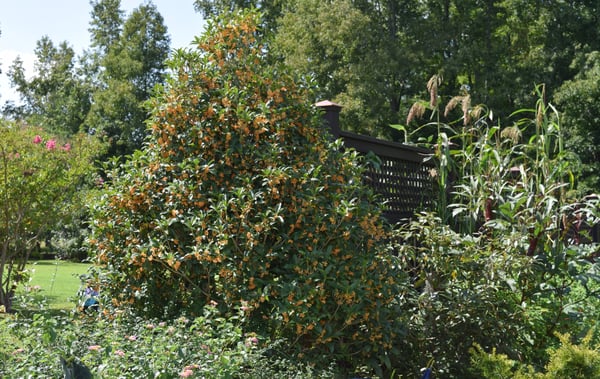
- Osmanthus heterophyllus: Blooming more than a month later than its cousin O. fragrans, this species of sweet olive is hardier, growing well into zone 6. The scent is more floral and there are many varieties with interesting foliage forms and colors. I especially like ‘Purpurescens’ because of the dark purple foliage that develops at the tip of each branch.
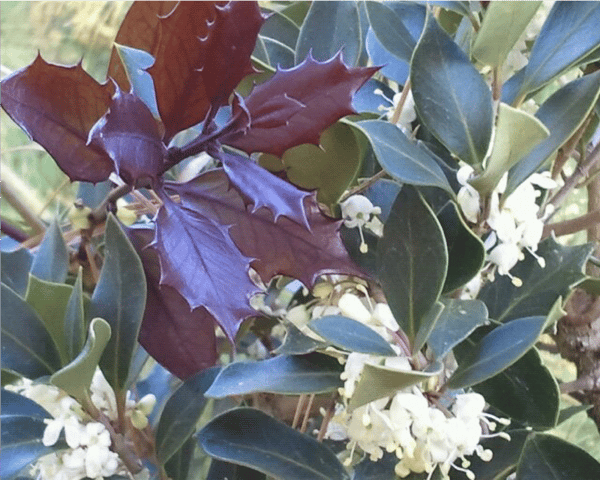
WINTER: December 21 - March 18
Having grown up in Michigan, winter is my least favorite season. Even after 17 years of living in North Carolina I still can’t shake my disdain for cold, dark days. In fact, I frequently daydream about hopping the equator each December and skipping winter all together! The irony in that is that some of my all-time favorite plants bloom in the winter.
I can’t image my life without paper bushes and flowering apricots. Yes, the plants that show off through the cool season are truly remarkable and deserve a place in your garden so you can enjoy their beauty and fragrance too.
- Chimonanthus praecox: It is the plant that everyone smells, and no one sees! This deciduous shrub can grow tall, like upwards of 15’, and is best grown in the back of a property border. It is not a particularly showy plant, but when the blooms open, usually in mid-December, the fragrance is so tantalizing that everyone inquires about it. >> Learn more about wintersweet

- Daphne odora: If you are anything like me you have killed at least 1 (or 10) Daphnes in your life as a gardener. Yes, they are short lived and can be finicky, but that doesn’t mean they aren’t worth growing. To take full advantage of the winter perfume I grow them in containers on my front porch, so I totally control how much moisture they are exposed to. Daphne generally need well drained soil and prefer to grow on the dry side. Considering we get so much rain through the winter growing them under the eave of a roof is an easy way to keep them alive longer! >> Learn more about Daphne odora
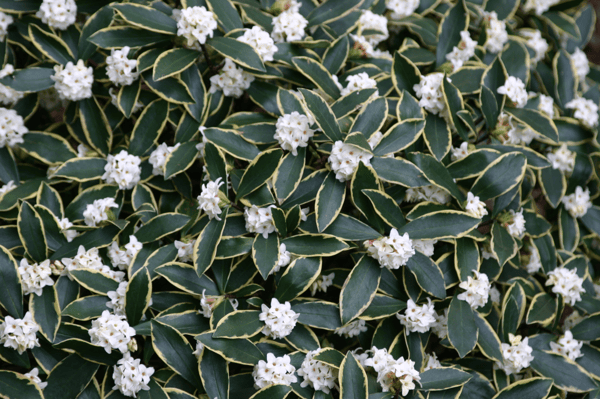
- Edgeworthia chrysantha: This relative of Daphne is a much easier, albeit larger plant to include in your landscape. The brilliant yellow “balls of fragrant sunshine” blooms provide everything you need to get through a dreary winter day. They are excellent as cut branches for indoor arrangements and reign supreme for long-lasting floating flower arrangements. This is one of the reasons we southern gardeners tolerate the summer heat; in exchange we get to have awesome plants like this through the winter! >> Learn more about Edgeworthia
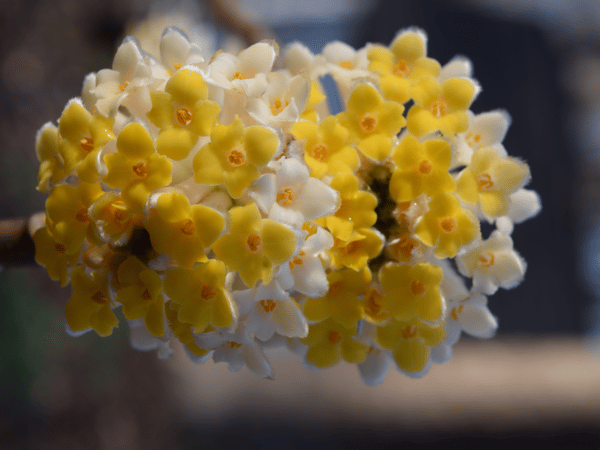
- Hamamelis species: It is fair to say I adore all witch hazels. They are low maintenance small trees or large shrubs that offer great fall leaf color and bloom in mid-winter with a lemony fresh scent. I am especially a fan of the Asian hybrids commonly referred to as H. x intermedia (H. japonica x H. mollis). Many extraordinary varieties of this fragrant hybrid include ‘Arnold Promise’, ‘Diane’ and the bi-color form ‘Jelena’. Once you start collecting them you will become obsessed, like me.
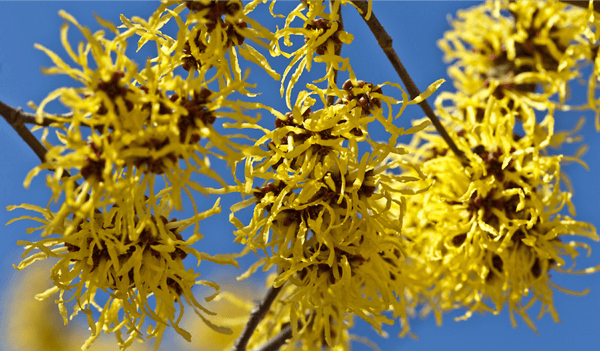
- Prunus mume: The Japanese flowering apricot is a winter bloomer that I wish were more common in the trade. With flower colors ranging from white to pink to dark red this small tree will grow about the same size as a dogwood or redbud. Each variety can bloom at a slightly different time through winter, so try to grow several cultivars to maximize the sweet fragrance and gorgeous blooms.
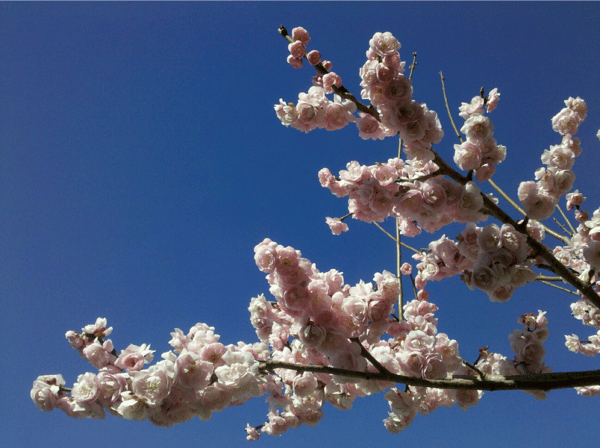
SPRING: March 19 - June 19
As the days get longer my spirits rise! But I must warn you, spring is a fickle season in the southeast. We have terrible temperature fluctuations, which cause plants to leaf out prematurely only to be injured by late frosts. Yes, this season of rebirth is also a time for covering tender plants and navigating the weather forecast as you plan nursery visits.
Nevertheless, spring is a season with a seemingly endless array of flowers, fragrant ones! Some of the most iconic blooms, like lilacs, don’t perform as well in the south as they do in northern climates, but that doesn’t mean we can’t enjoy other species!
- Choisya ternata ‘Sundance’: This not-common-enough shrub is worth growing just for its bright chartreuse new growth, but in spring bunches of baby powder scented blooms open, which attract pollinators and people from far distances! Choisya is best suited for well-drained soil, so be sure to add extra Soil3 when amending your soil to ensure a longer lifespan.

- Fothergilla ‘Blue Shadow’: A native deciduous shrub that should be included in every single landscape. ‘Blue Shadow’ is one of many cultivars with outstanding performance, sweet smelling flowers, and stop you in your tracks fall color. I regret not planting a large property border in my current garden but will do that when I develop a new property.
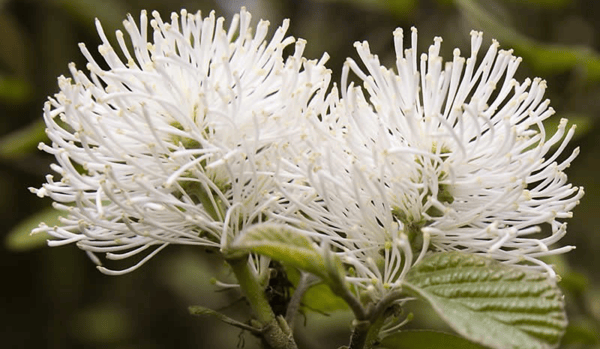
- Lindera benzoin: I must admit, I am partial to pants with a lemon fresh scent because it smells like “clean,” or at least the cleaner I used as a child! The fuzzy looking bright yellow flowers shine in the woodland garden and are great for indoor arrangements.
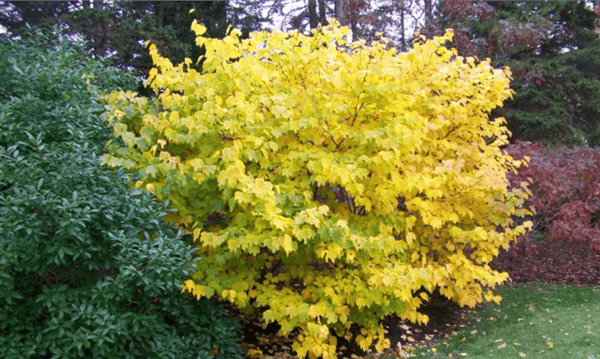
- Magnolia sieboldii: There a ton of flowering magnolias that deserve a spot in your landscape. The reason I highlight this species is simple: it blooms late so the flowers won’t get burnt from late frosts. This small tree has a great rounded form and has yellow fall color.
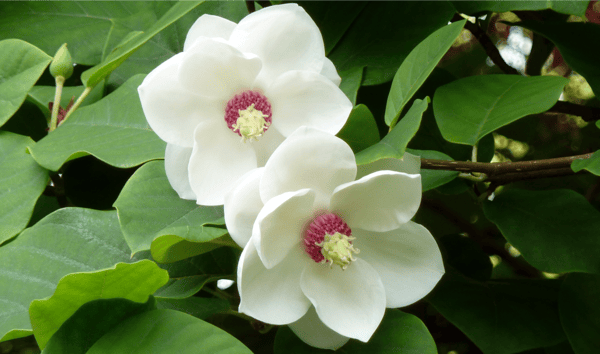
- Poncirus trifoliata ‘Flying Dragon’: If you are trying to keep animals like deer or rabbits out of your garden, consider planting this! The giant thorns will impale anything that walks into it, including people. I often recommend this for winter interest, because the dark green, contorted branches are very showy. In spring, this hardy citrus will burst open with small white flowers reminiscent of its cousin the orange. Once pollinated the blooms will ultimately turn into a bitter small fruit, full of seeds which can germinate in place causing some concern. I do the simplest thing to avoid fruit set - I prune my tree shortly after the flowers finish and I have not had a seeding problem yet.

SUMMER: June 20 - September 21
It is totally fair to say summer starts on Memorial Day, or earlier, when you live in the south. I simply cannot imagine living in the south before air conditioning was standard - my hat is off to all the generations who survived this environment. Summer in the south is inescapably hot and humid. We endure dry spells, afternoon thunderstorms, and tropical systems that can impact our lives and gardens in many ways. Nevertheless, I love being a southern gardener and try to not complain too much.
The main distinction between the end of spring and the start of summer is the fact that starting on June 20th the days begin to get shorter again. Many fragrant plants thrive through the heat of the summer and provide opportunities to bring the scent indoors to enjoy from the comfort of your climate-controlled home!
- Alyosia virgata: This is just barely root hardy for me in zone 7, but for anyone living in warmer climates this is a plant that will knock your socks off. It blooms all summer, even longer in mild regions, and attracts bees, butterflies, and countless other pollinators with its sweet fragrance.
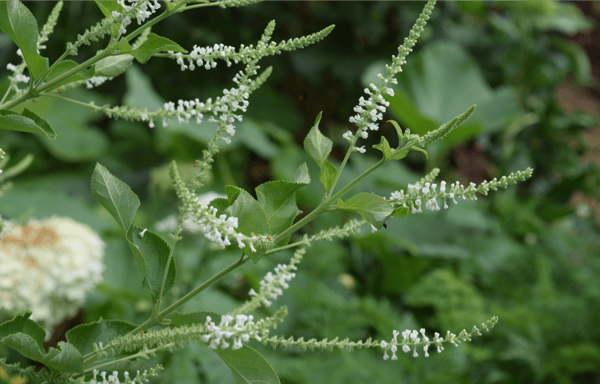
- Calycanthus species: Sweetshrubs are a must have for gardeners in the south. From the native “Sweet Betsy” Calycanthus floridus, to the “Chinese wax shrub” C. chinensis and the subsequent hybrid ‘Venus’ I think every sweet shrub is worth including in your garden. They can grow quite tall and will thrive in shade to part sun.

- Clethera alnifolia: Another plant I wish I saw in more landscapes, because it is so hard to kill! With popular cultivars like ‘Ruby Spice’ becoming more available at stores I hope more gardeners will begin using this great native plant that is well adapted to seasonal extremes. The fragrance is heavy in humid summer air and the bees hum so loud it seems the plant is singing!
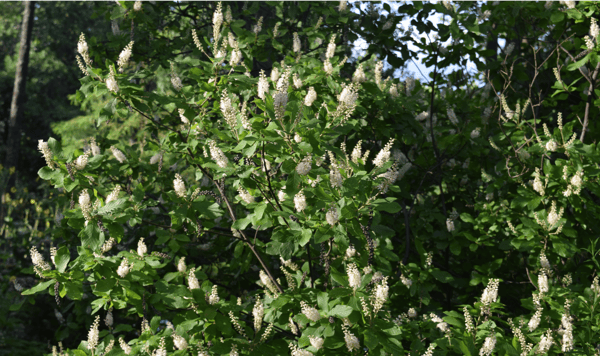
- Gardenia jasminoides: This is another example of an exotic plant that is part of the southern gardening heritage. Since moving to North Carolina 17 years ago, I have made it my mission to have at least 3 planted around my house so everywhere I walk through the summer the scent can be detected. I like the old fashioned, large leaf, tall growing plants, though recent introductions are more compact with a low-growing habit. No matter the variety, the blooms are one of the best fragrances in the world!
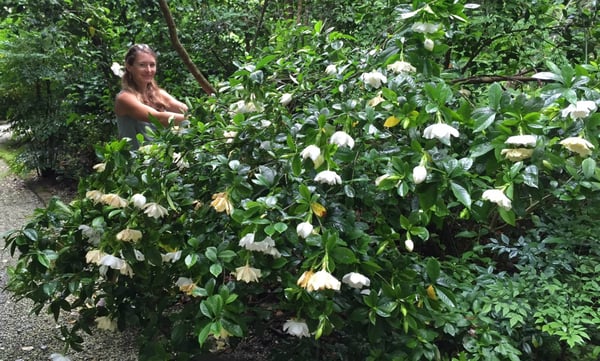
- Magnolia grandiflora: Nothing beats the lemon-fresh fragrance of a southern magnolia. Not every garden is big enough to support the old-fashioned, seed grown species, but new introductions like ‘Alta’, ‘Little Gem’ and my personal favorite ‘Kay Parris’ are ideal with a smaller overall growing habit and longer bloom season.
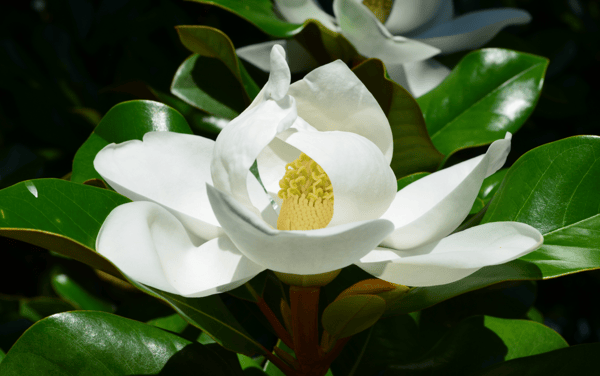
Indulge in a Few Fragrant Blooms
I hope I have inspired you to run out to your local nursery and invest in some fragrant-forward plants. With 20 great options to choose from you can enjoy a garden full of scent every season.
Do you grow any of these plants and have information to add? Any shrubs or trees that you love that weren't included? Let me know and ask any questions in the comments section below.
Happy fall planting,
Brie
.png?width=400&name=must%20have%20(1).png)
Related Posts

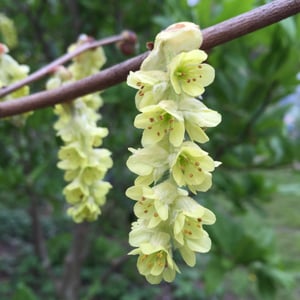
Brie's Plant Pick: Corylopsis
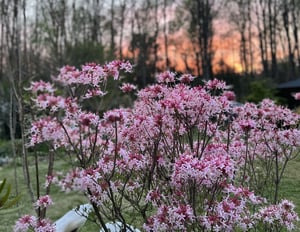
Brie's Plant Pick: Native Azaleas
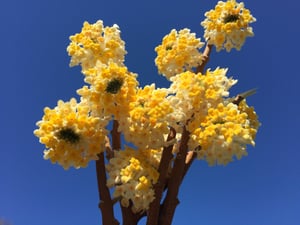
Brie's Plant Pick: Edgeworthia

Brie's Plant Pick: Daphne
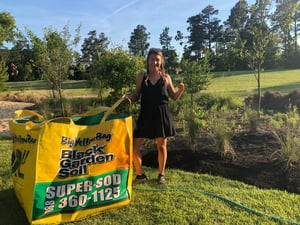
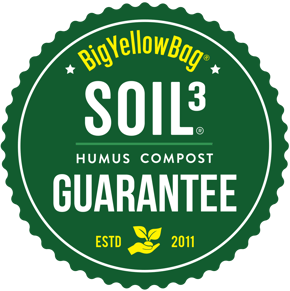
Did this help you out? Have any questions for clarity? Leave a comment below!